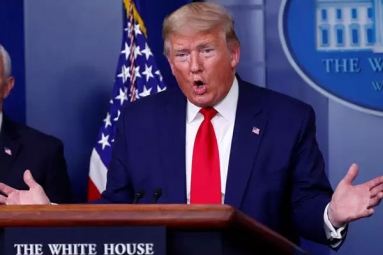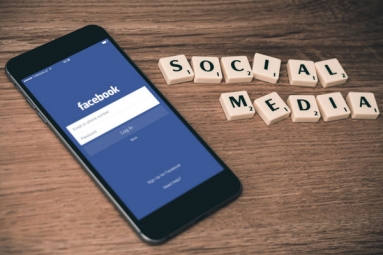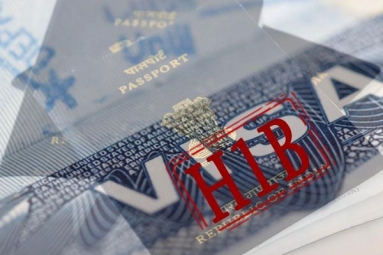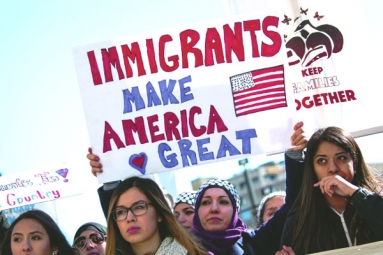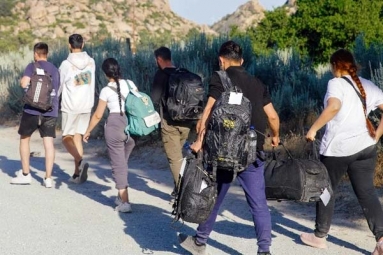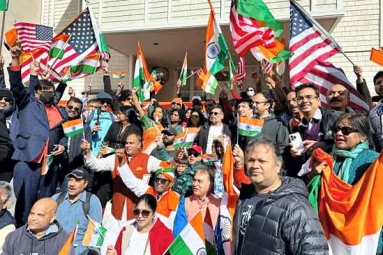
(Image source from: Financialexpress.com)
The year 2018 have been staggering for scores of Indian techies with "American dream," as Trump administration carried on with its suppression on the high-in-demand long-term United States work visa, especially among Indians, the H-1B.
The Indian nationals have been the worst-hit since they receive more than three-quarters of the H-1B visas.
The work visa, which allows immigrants to live and work in the U.S. for up to six years and is extensively used by Indian Information Technology (IT) companies, has been hit and bruised since Trump assumed office in January 2017.
The Trump administration, this year, has made the qualifying criteria for the visa arduous, sought complicated paperwork and increased the fees, among other things. An iron-fisted crackdown on visa abuses is also afoot.
And that could just be the beginning, considering several bills to hike up the wage levels for H-1B visa eligibility and cut down the over-flooding of entry-level talent at big outsourcing companies are on the table.
This recent stamping out by the U.S. authorities is contradictory to their stance on H-1B just a few decades ago.
As a matter of fact, there was a time when the U.S. saw a demand for having a long-term work visa-category as there was not adequate skilled talent in America to fill "specialty occupations." The need was particularly desperate for Science, Technology, Engineering, and Math (STEM) fields, which carried on to have a higher share of immigrant workers. While less than 1 percent of all the U.S. jobs go to foreign workers, more than 12 percent of tech jobs do.
And despite the higher participation thus far, proponents of the Immigration Innovation Act of 2015 are coming together for the cap to be increased over two-fold to plug the skills gap in America.
With all these barriers, and possibly more to come, Indians are contended coming back home otherwise finding greener pastures like Canada.
-Sowmya Sangam



